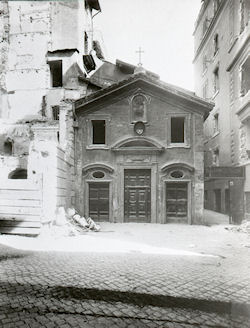
Figure 17: The church of S. Andrea in vincis (AFSRCM).
The church of S. Andrea was denominated 'in Mentuccia', 'Mentuza' or 'Matuta' and finally 'in vincis', with an evident reference to the herb market of the Forum Holitorium (which also survived in the name of the nearby Piazza Montanara). It was on the western slope of the Capitoline Hill and was roughly in the same location as the modern Via Montanara (Figure 17). Mentioned in 12th-century sources, the church was given by Gregory XIV (1621-23) to the confraternity of the marble-cutters (marmorari) and was restored in the 18th century. The façade was characterised by three doors with curving tympanums, while the upper part was framed by two windows and had a fresco of Mary and the Child (Armellini and Cecchelli 1942, 683-86, 1245; Martini 1965, 94-95; Lombardi 1996, 251). The appelation Matuta seems to be a surprising survival of the dedication of one of the temples of S. Omobono to Mater Matuta.
After the destruction of the church, archaeological remains were found in the area. Beneath the church, there was a multi-floored residential complex with an atrium, facing the road and datable to the 2nd century CE (Muñoz and Colini 1930, 54-64; Lugli 1940, 8; Colini 1998, 140-1). The walls preserved fragments of painted plaster, including one with a praying figure datable to the first half of the 4th century CE (Muñoz and Colini 1930, 64; Colini 1998, 142-3, 162). This has recently been interpreted as denoting a Christian shrine inside a private domus (Martorelli 1998, 575-86). Between the church and the Capitoline slope there were also remains of a house of the Hadrianic period (first half of the 2nd century CE) with rooms around a narrow courtyard.
Immediately to the south of the house with the Christian fresco, a bath-house came to light. Perhaps a public facility, it also dated to the Hadrianic period and had been renovated in the 3rd and 4th centuries CE. There was a large room with a geometric mosaic, frescoes on the walls and a masonry bench along the wall. Within one of the rooms, interpreted as a nympheum, a niche was decorated with a 4th-century painting of Perseus freeing Andromeda from the sea monster (Figure 18; Muñoz and Colini 1930, 68-76; Muñoz 1932a, 47; Lugli 1940, 9-10, figs 1-2; Colini 1998, 138-39, 151-59, 161-63, 165).
© Internet Archaeology/Author(s)
University of York legal statements | Terms and Conditions
| File last updated: Mon Mar 12 2012